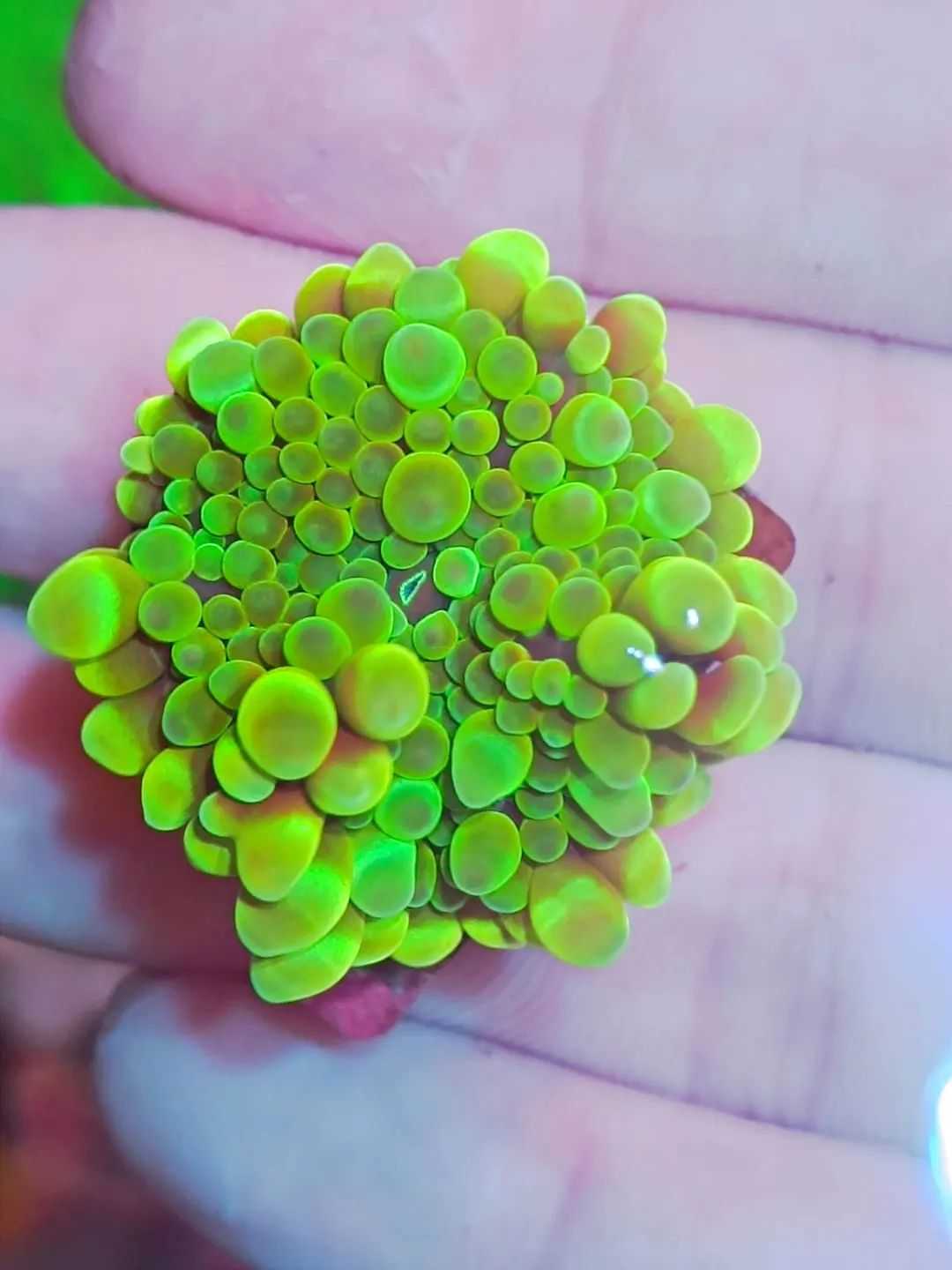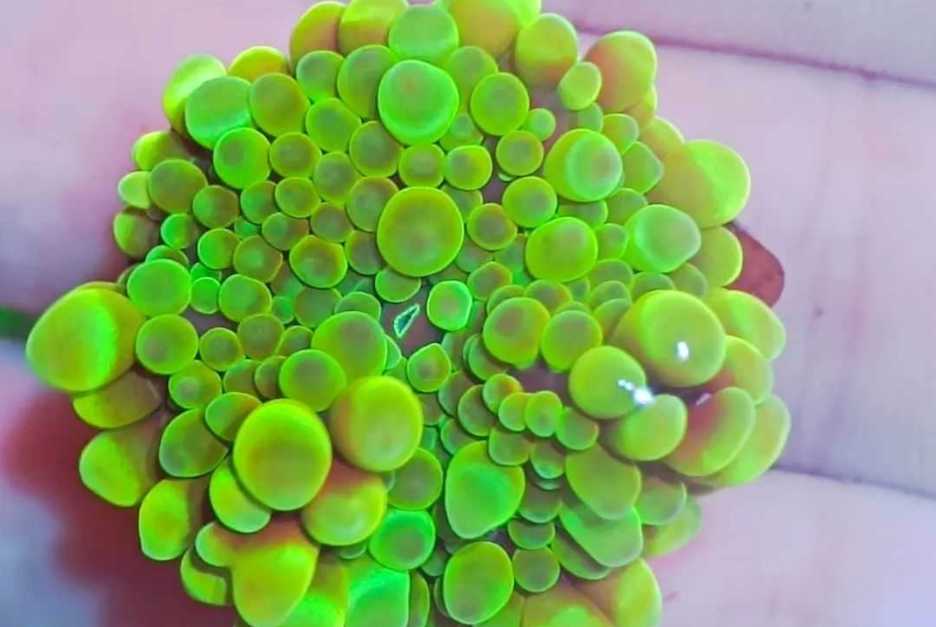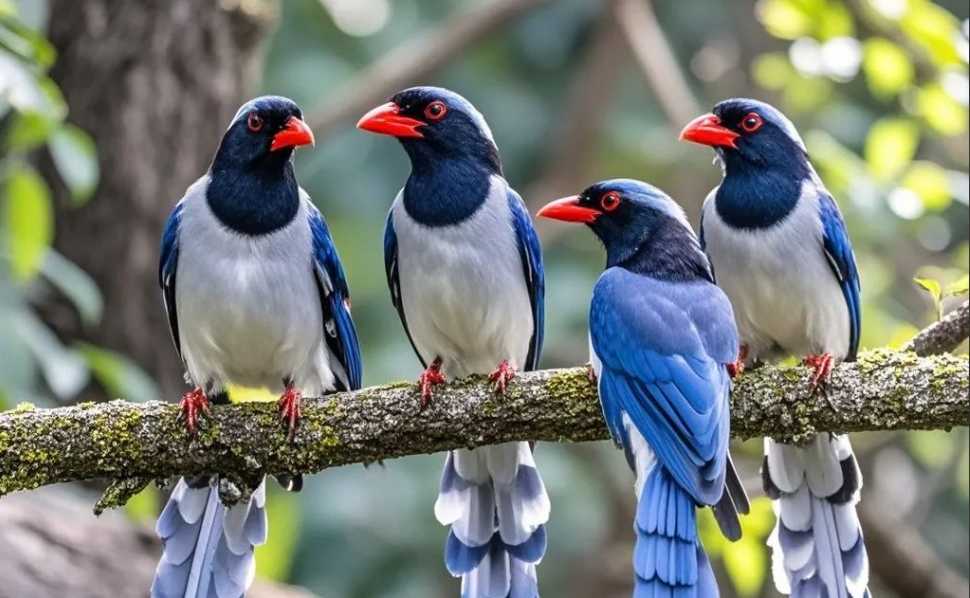
Source: Images from the Internet, if there is any infringement, please contact the removal of
Resembling a plump, undersea mushroom, the coral features a rounded, fleshy body adorned with dense folds, tiny granules, and a rubbery texture that quivers with ocean currents. Its color palette is a riot of tropical hues: vivid oranges, fiery reds, deep purples, and neon greens dominate, with red variants prized for their rarity. When grouped together, these corals carpet reefs and sandy bottoms in vast, kaleidoscopic "mushroom gardens," their undulating surfaces creating a dynamic spectacle that mimics a terrestrial fungal forest transformed by the sea.
Adaptable and low-maintenance, Metarhodactis sp. thrives in a range of light and water flow conditions, relying on both photosynthesis (via symbiotic zooxanthellae) and occasional plankton consumption for sustenance. This resilience makes it an ideal choice for beginner aquarists, while its striking appearance appeals to seasoned enthusiasts. In the wild, these corals play a vital role in reef ecosystems, providing shelter for small fish and invertebrates. However, they face risks from coral bleaching, overcollection, and habitat degradation. As living testaments to the ocean’s creativity, tiger ear mushroom corals serve as a reminder of the delicate balance between human appreciation and conservation. Their existence urges us to protect the vibrant "gardens" beneath the waves, ensuring future generations can marvel at nature’s most imaginative underwater inhabitants.











